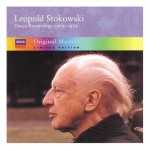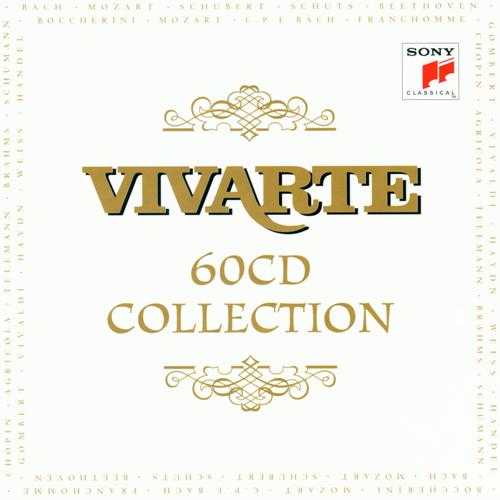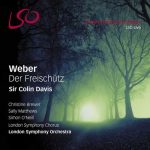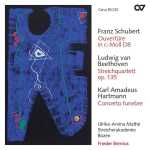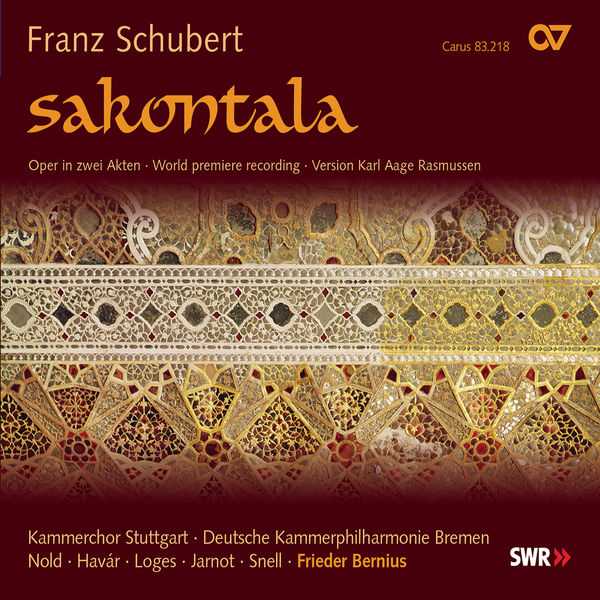
Composer: Franz Peter Schubert
Performer: Simone Nold, Donát Havár, Martin Snell, Konrad Jarnot, Stephan Loges
Orchestra: Deutsche Kammerphilharmonie Bremen
Conductor: Frieder Bernius
Number of Discs: 2
Format: FLAC (tracks)
Label: Carus
Catalogue: CARUS83218
Release: 2008
Size: 357 MB
Recovery: +3%
Scan: cover
Sakontala
CD 01
01. Overture
Act I
02. Das holde Licht
03. Der Seele schönstes einziges Opfer
04. Wie fühl’ ich, ihr Götter
05. Du hoffest im Auge des Gatten
06. Hier liegen wir im Staub gebeuget
07. Wo du wandelst, atme dir
08. Sieg deinen Fahnen, König
CD 02
Act II
01. Komm nur Dieb
02. Rosenzeit der Freuden
03. Noch schläft die goldne Sonne
04. Mit liebendem Verlangen
05. Trauet auf Götter
In 1822 Franz Schubert began work on his oriental opera, ‘Sakontala’. Sadly, only a few drafts and sketches of the first two acts of this project have survived. However, thanks to the rediscovery in recent times of the complete libretto and to the stylistically sensitive and skillful reconstruction of the music by the Danish composer Karl Aage Rasmussen, this Schubert opera is recorded here for the first time. Frieder Bernius leads a group of renowned soloists in this world premiere recording. This CD is a “must” for all lovers of 19th century opera.
Franz Schubert completed about 16 works roughly described as belonging to the category of opera; only three were produced in his lifetime, enjoying no more than moderate success. When Schubert’s operas are recorded, though infrequently, one often encounters some statement to the effect of “this overlooked opera is Schubert’s one masterpiece in the genre,” and indeed, both Alfonso und Estrella (1820) and Fierabras (1823) have gained a tenuous toehold in the revival repertory. No one has ever tried to make such a claim about Sakuntala (1820), which is an unfinished, but substantial, sketch for an opera based on a German version of Kalidasa’s fourth century Sanskrit play The Recognition of Shakuntala — a favorite of Goethe — fashioned by Schubert’s friend Johann Philipp Neumann. As late as 2000, one writer quipped “[Sakuntala] remains to this day the one and only Schubert stage work of which not one note has been performed for the public, anywhere, ever.” Nevertheless, even by that time, it had already been heard twice; in 1971 in Vienna and realized as a ballet in Munich in 1979. Director Jorn Thiel filmed this production for German television, which featured the Mallika Sarabhi Dance Company of India.
Karl Aage Rasmussen’s 2002 realization — not “reconstruction” as dubbed by Carus-Verlag in its recording of the finished result, as Schubert did not himself create a practical score — of Sakuntala approached the work as though these earlier attempts did not exist, and indeed, Rasmussen may not have known about them. Rasmussen’s examination of Schubert’s hefty, 400-page manuscript made some determinations not noticed before; although often described as “opera in three acts, with sketches of acts one and two only,” Rasmussen determined that Schubert only intended two acts, and that in a purely vocal sense his score was complete. The accompaniment, however, was only roughly sketched in, and bare for long stretches of the music, and Schubert’s text underlay was compromised by the difficulty in reading his “Gothic” script. This was soon fixed by the discovery by librarian Thomas Aigner of Neumann’s long-lost original play. In the end, Rasmussen claims he only had to fill in the blanks in relatively short stretches, and what we hear in Sakontala — Carus-Verlag’s spelling of the title — is essentially Schubert’s.
The recording, which is live from the Stadthalle Metzingen and from 2006, is disappointingly canny sounding and constricted, but one gets used to the sound as the show progresses. The singing is OK but not particularly distinguished; the chorus is good, though the Deutsche Kammerphilharmonie Bremen under Frieder Bernius seems a little underpowered and is definitely under-recorded. Rasmussen notes a similarity between Sakuntala and Carl Maria von Weber’s Der Freischütz, premiered not long after Schubert abandoned Sakuntala for good. One could go further and state that it also bears some commonality of approach with Weber’s Abu Hassan (1810) given its Viennese take on orientalism, an idiom no doubt familiar to Schubert, if somewhat outside his comfort zone. Parts of it also vaguely resemble Mozart, but this appears to be in sections where there isn’t much accompaniment to work with. Rasmussen states that he deliberately avoided attempting to “compose like Schubert,” and one wishes he had tried; in such passages, it is obvious that Schubert’s harmony would be a little richer and more eccentric, and his preference for certain rhythmic patterns almost suggest themselves, though Rasmussen would have none of it. The best parts of the reconstruction are the Finale of the first act and the first numbers of the second; the first act Finale runs nearly 30 minutes and seems mostly filled in by the composer. It is a strange, disorienting experience to hear pseudo-oriental modes and rhythms winding their way through Schubert’s usual idiom. Like his other operas, Sakuntala is not free of its share of gaffes; the second-act aria “Noch schläft die golden Sonne” with its refrain of “Ach! Ach! Ach! Ach! Ach!” is not one of Schubert’s most inspired creations. Nevertheless, Rasmussen’s realization of the overture alone is a considerable contribution to Schubert’s body of work, sketchy and tentative as it is from an orchestral standpoint; to have done the whole opera is something extraordinary and special.
One would think that Schubert — given his way with melody, mastery of choral writing, and innovative, if largely unchecked, ability as an orchestrator — could write one decent opera out of so many tries. Bad libretti, usually written by friends of the composer, is one especially significant culprit, but Schubert’s own antisocial nature prevented him from being able to function in the very social world of opera, much as he aspired to make a mark there. At least with Sakuntala, as this Carus-Verlag recording makes clear, Schubert got a good start; however, the project fell prey to another typical Schubertian shortcoming: his inability in some cases to finish what he had started.
